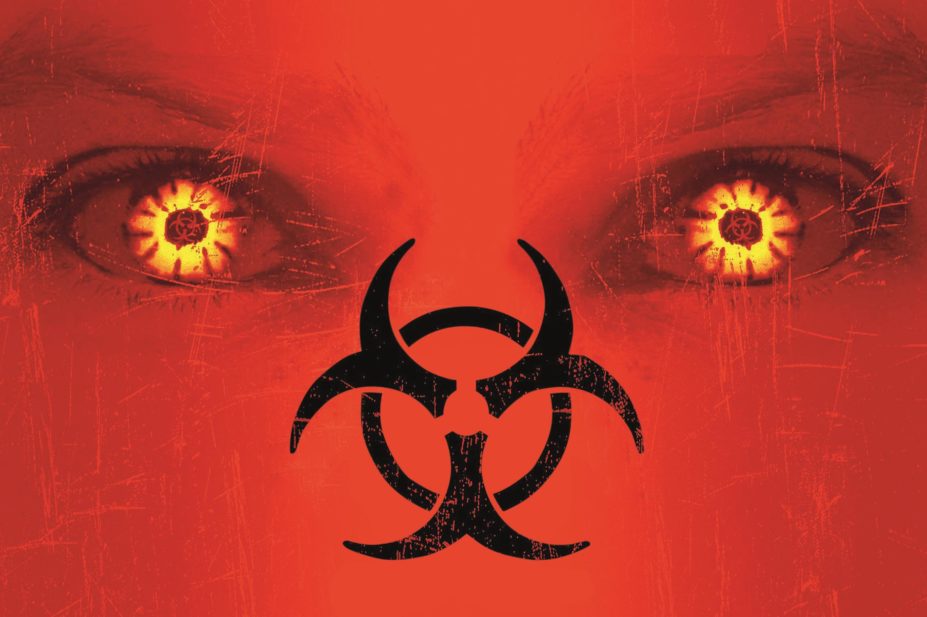
DNA / Figment / Fox / The Kobal Collection
The current situation surrounding the Ebola virus has led to worries and fears regarding the health and wellbeing of mankind itself. The thought of a deadly virus with no known vaccine spreading is enough to instil fear into society and this has been exacerbated somewhat by media coverage. Having recently watched the cult classic film ‘28 Days Later’ in which a deadly incurable virus spreads throughout the UK causing death, devastation and a zombie apocalypse, my friend stated to me that this is closer to reality than we might like to think.
This sparked a rather interesting conversation on the future of healthcare. While my friend believes that the film ‘28 Days Later’ has prophesised the biggest healthcare issue that will affect the human race in the years to come, I strongly disagree. Although there is a risk of viruses such as Ebola and H5N1 (otherwise known as bird flu) causing significant stress and strain on the healthcare system, especially as we seek to develop vaccines and treatments against potential viral endemics, we must ensure we do not focus all our energy and resources on these issues alone.
The ever creeping possibility of antimicrobial resistance becoming a global threat to public health and wellbeing is fast approaching on the horizon. Antimicrobial resistance occurs when organisms are able to survive the very medicines that are aimed at destroying them. The shocking reality of antimicrobial resistance poses such a threat that in the future, even routine operations will become markedly riskier because if an infection develops post-op there simply may not be the antibiotics required to treat the infection. Simple infections may once again prove deadly as antimicrobial resistance continues to grow.
Since the late 1980s, not one new antibiotic class has come to market and this is a huge problem as resistance continues to grow against the older generation of antibiotics. Other issues, such as inappropriate prescribing of broad-spectrum antibiotics, wrong selection of antibiotic for certain conditions and incorrect duration of antibiotic treatment, are just a few of the problems that are helping fuel this increasing problem.
Incorrect use of antibiotics by patients — for example, patients skipping doses or not taking them as prescribed — are only helping to fuel the growth of antimicrobial resistance.
How can we help to stop this? By ensuring we clinically screen prescriptions for appropriateness and elicit all counselling points required for antibiotics, we may go some way towards helping this problem issue.
Another way to help stem the flow of antimicrobial resistance is through support of the European Antibiotic Awareness Day (EAAD) held every 18 November. This is a day to encourage responsible use of antibiotics by setting out actions to help slow the development and spread of antimicrobial resistance.
More information on EEAD can be found at https://www.gov.uk/government/collections/european-antibiotic-awareness-day-resources
Remember — not every problem is viral.
You may also be interested in
The importance of diverse clinical imagery within health education

Government should consider ways to prevent ‘inappropriate overseas prescribing’ of hormone drugs, review recommends
